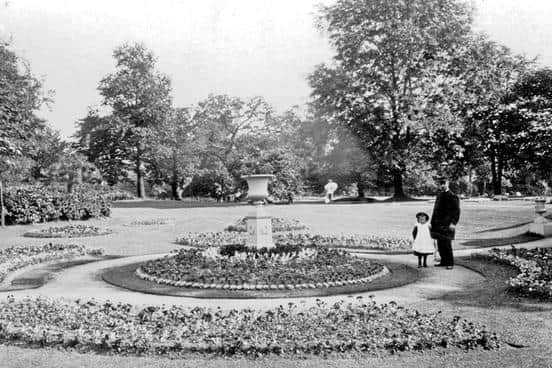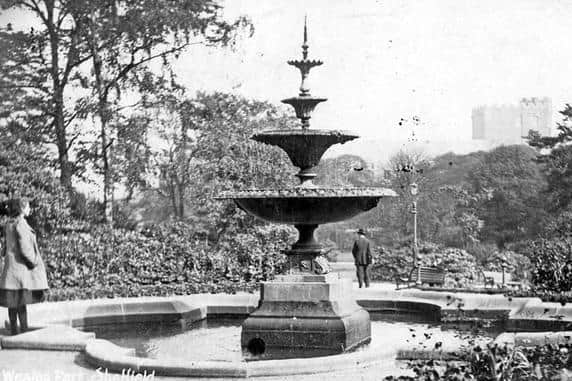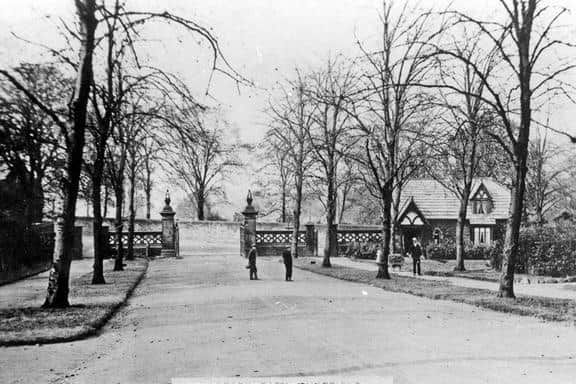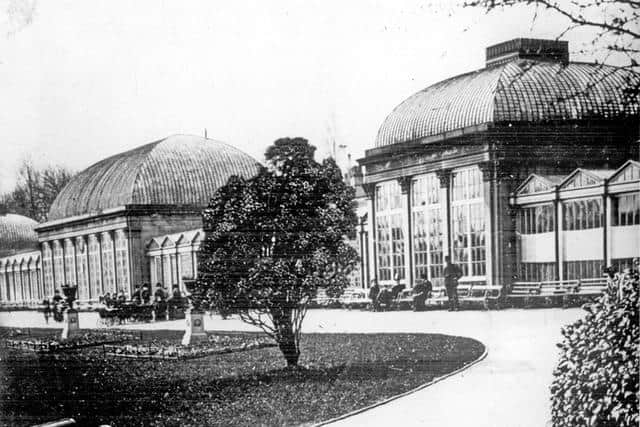Why Sheffield should be grateful for its green spaces
and live on Freeview channel 276
Despite Sheffield now being one of the greenest cities in Europe, there were no public gardens or open spaces for people to properly enjoy until the late 1800s - there were green spaces but they were not available for all.
Sheffield Botanical Gardens, for example, was only open to subscribers except on a few days each year when it first opened, but it was eventually taken over by the Town Trustees, allowing for the development of sports and recreational facilities.
Advertisement
Hide AdAdvertisement
Hide AdDorothy Williams said: “Imagine if it was only open a few days a year now! We’re actually really lucky that Sheffield has so many available green spaces to go to today, especially while this pandemic is going on.


“When I was about six, our school would take us to visit the Botanical Gardens. I remember the bear pit was one of my favourite parts as we were just free to play. The gardens were the only place we were able to do that really, with it being the only green space near to where we lived.”
Another Sheffielder added: “What I like is the variety of parks and gardens in Sheffield. In the city, you have the Winter Gardens/ Peace Gardens. Also, Weston Park. Further out, you’ve got Norfolk Park and Ecclesall Woods to name a few, and we’re also very close to the Peaks.
“It’s great that many of these places are now not privately owned and everyone can enjoy them but it’s also good that some of the history is still retained.”
Advertisement
Hide AdAdvertisement
Hide AdMany parks in Sheffield have been acquired through donation and purchase. For example, Norfolk Park was gifted to the city by the Duke of Norfolk.


Weston Park was Sheffield’s first municipal park but Sheffield Botanical Gardens was once recognised as the only formal space for recreation in an urban area.
Owned by a private company, the Botanical Gardens was opened on June 29, 1836.
Financial problems meant that repairs and restoration was not affordable following the damage of World War Two.
Advertisement
Hide AdAdvertisement
Hide AdIn the 1950s, the Council helped with repairs, but funding was still a problem.


The Friends of the Botanical Gardens was established in 1984 to help support the gardens, joining forces with the Sheffield Botanical Gardens Partnership in the 1990s, who worked towards restoring the gardens to its 19th century condition.
Included in this was the garden’s Grade II listed Bear Pit, built in 1836.
It has been documented that two brown bears were introduced to the pit in 1855, with rumours circulating around 1870 that a child was killed after falling in.
A bear sculpture today reminds people of the pit’s history.


Advertisement
Hide AdAdvertisement
Hide AdAfter officially opening again in June 2007, Sheffield Botanical Gardens still continues to be developed today and is also a popular outdoor cultural venue.
Voluntary groups are thought to have played a large part in trying to preserve Sheffield’s parks and gardens, making them accessible for all.